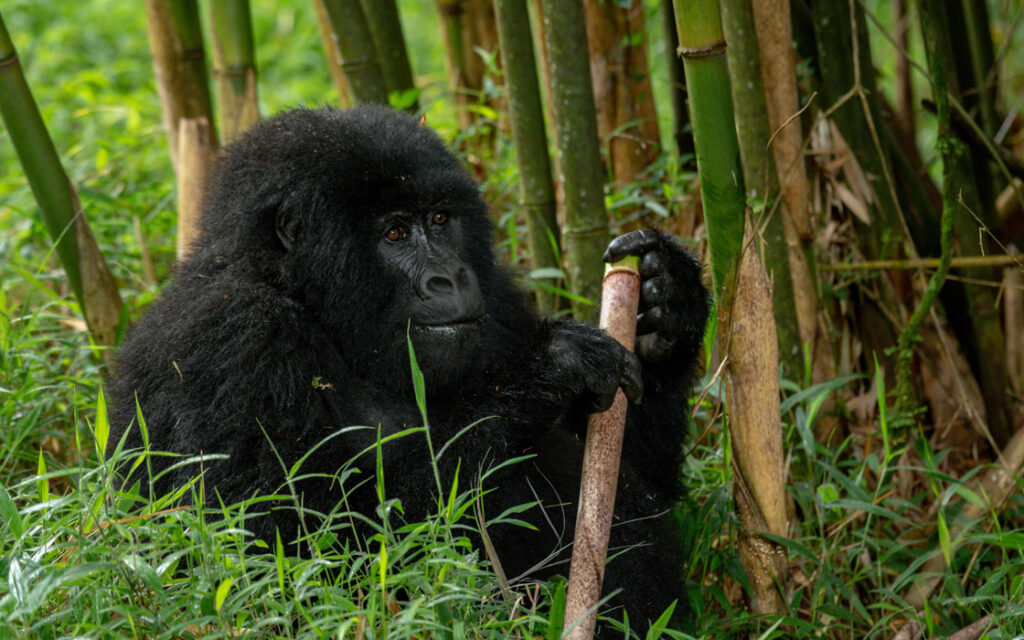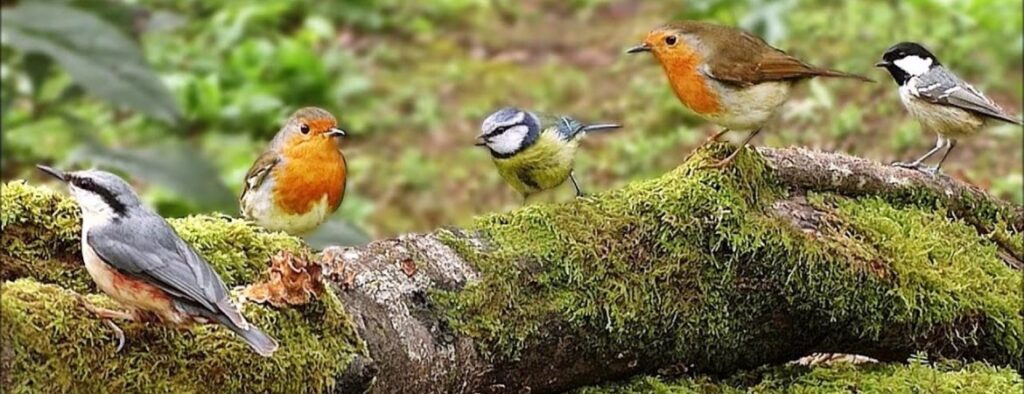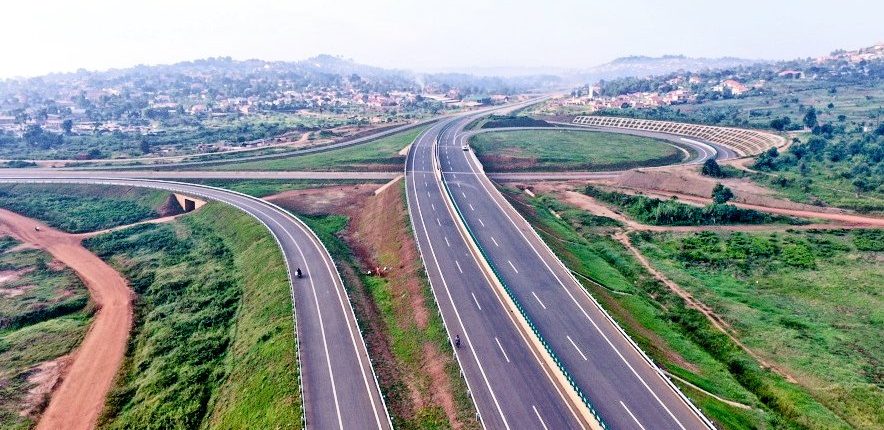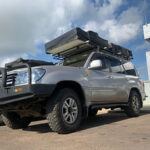
Bwindi Impenetrable National Park, located in southwestern Uganda, is a haven of biodiversity and a UNESCO World Heritage Site renowned for its population of endangered mountain gorillas. Covering 331 square kilometers, this park’s dense forest, rugged terrain, and rich ecosystems make it a premier destination for nature enthusiasts. Here are the top five things to do in Bwindi Impenetrable National Park whether you are intending a self drive trip or a trip with a professional tour guide.
1. Gorilla Trekking
Gorilla trekking is undoubtedly the crown jewel of activities in Bwindi Impenetrable National Park. This once-in-a-lifetime experience allows visitors to observe the mountain gorillas in their natural habitat. The park is home to roughly half of the world’s remaining mountain gorilla population, making it a critical conservation area.

Treks can last from a few hours to a full day, depending on the location of the gorilla groups. Visitors are accompanied by trained guides and trackers who lead the way through the dense forest, providing insights about the flora and fauna along the trail. The moment you encounter a gorilla family, the experience is profoundly moving. Watching these magnificent creatures up close, observing their social behaviors and interactions, leaves a lasting impression on every trekker.
2. Bird Watching
For avid bird watchers, Bwindi Impenetrable National Park is a paradise. The park boasts over 350 bird species, including 23 endemics found only in the Albertine Rift. Birding here is exceptional due to the park’s diverse habitats ranging from bamboo forests to swampy areas and montane rainforests.
Among the notable species are the African Green Broadbill, Grauer’s Rush Warbler, and the Shelley’s Crimsonwing. Birding can be done throughout the park, but the Buhoma and Ruhija sectors are particularly renowned for their avian diversity. Guided birding tours are available, offering expert knowledge on the best spots and bird species. Carrying binoculars and a field guide will enhance this experience, allowing for better identification and appreciation of the park’s feathered residents.

3. Forest Walks and Hiking
Bwindi’s dense forest offer numerous hiking and nature walk opportunities. These trails provide a chance to explore the park’s rich biodiversity beyond gorillas. The park has several well-marked trails catering to different fitness levels and interests.
The Muyanga Waterfall Walk, starting from Buhoma, is a short trail leading to the stunning waterfalls. For a more challenging hike, the Mubwindi Swamp trail in the Ruhija sector takes trekkers through bamboo forests and offers spectacular views of the Bwindi forest canopy and the distant Virunga Volcanoes. The Rushura Hill Trail also provides breathtaking vistas of the Rwenzori Mountains and the Western Rift Valley.
These walks and hikes are guided, and the guides are knowledgeable about the park’s flora, fauna, and conservation efforts, making the experience both educational and enjoyable.
4. Community and Cultural Tours
Engaging with the local communities around Bwindi Impenetrable National Park offers a deeper understanding of the cultural heritage and the human aspect of this region. The Batwa people, also known as the “keepers of the forest,” are indigenous to the area and have a rich cultural history.
The Batwa Experience is a popular cultural tour where visitors can learn about the Batwa’s traditional forest life. The tour includes demonstrations of hunting and gathering techniques, medicinal plant use, and traditional dance performances. This experience not only provides insight into their way of life but also emphasizes the importance of cultural preservation in tandem with wildlife conservation.

In addition to the Batwa Experience, visitors can tour local villages, visit schools and health centers, and interact with the community members. These tours often include visits to local handicraft markets where visitors can purchase handmade crafts, directly supporting the local economy.
5. Conservation and Research Tours
For those interested in conservation, Bwindi offers tours that delve into the research and conservation efforts being undertaken to protect the park’s unique ecosystem. The Conservation Through Public Health (CTPH) is one such initiative based near Bwindi.
CTPH offers tours of their facilities, where visitors can learn about their work in gorilla health monitoring, community health, and sustainable agriculture. The tour includes a visit to their Gorilla Health and Community Conservation Center, providing an in-depth look at the intersection of wildlife conservation and community well-being.
Additionally, the Uganda Wildlife Authority (UWA) organizes ranger-led tours focusing on the park’s conservation strategies. These tours provide insights into anti-poaching efforts, habitat restoration, and the challenges faced in preserving Bwindi’s biodiversity. Such experiences are not only enlightening but also reinforce the critical importance of conservation work in preserving the park for future generations.
Bwindi Impenetrable National Park is a treasure trove of natural beauty and biodiversity. From the exhilarating experience of gorilla trekking to the serene pleasure of bird watching, the park offers a range of activities that cater to diverse interests. Forest walks and hiking trails provide immersive nature experiences, while community and cultural tours offer a glimpse into the lives of the local Batwa people and other communities.
Engaging in conservation and research tours enhances the understanding of the delicate balance between wildlife protection and community development. Visiting Bwindi is not just about exploring a unique and stunning landscape but also about participating in the preservation of one of the world’s most precious natural habitats.
Whether you are a nature lover, a conservation enthusiast, or simply seeking a unique adventure, Bwindi Impenetrable National Park promises an unforgettable experience. Do not forget to use a 4×4 car when visiting Bwindi more so on a rainy day.



